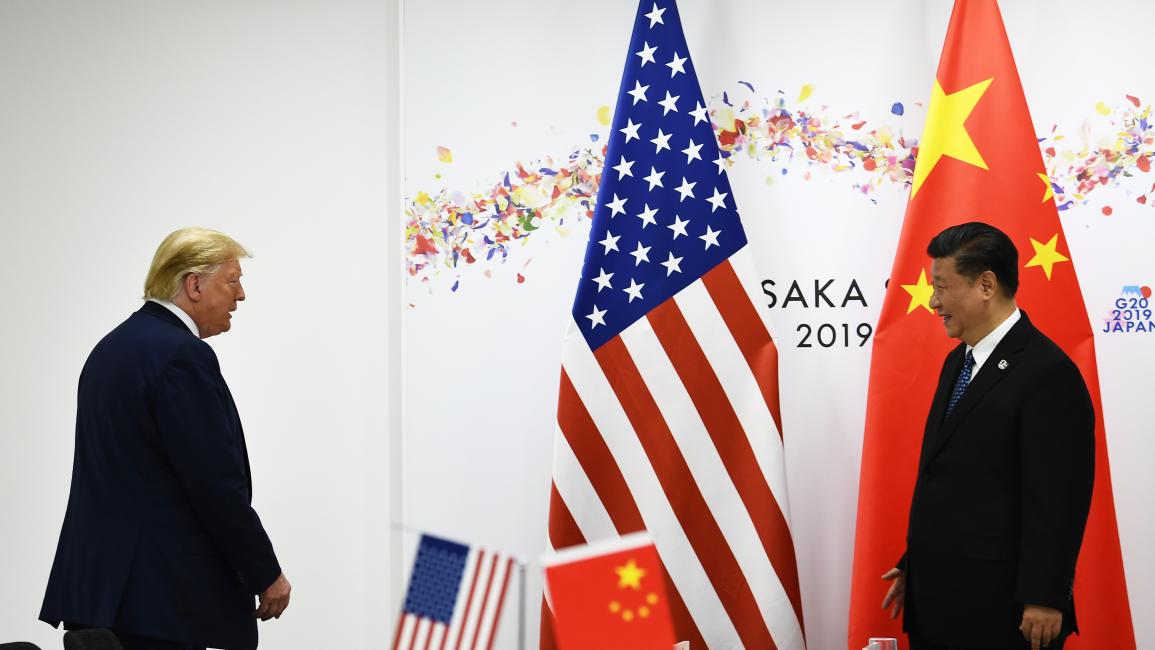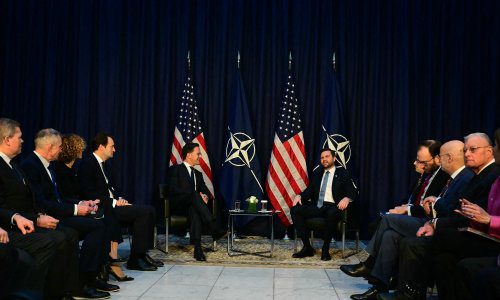U.S.–EU Trade Deal Inches Closer as Trump and von der Leyen Meet in Scotland Amid Rising Trade Tensions

Today’s most pivotal development centers on mounting trade tension between the U.S. and Europe, as President Donald Trump convenes with European Commission President Ursula von der Leyen in Scotland. This high-stakes meeting follows Trump’s criticism of wind energy policies and coincides with the looming August 1 tariff deadline on EU goods. Meanwhile, American consumers brace for rising prices, and economists warn of escalating global volatility. Reporting from Reuters, Fox News, Bloomberg, Politico, and CNN underscores the growing significance of this moment.
Trump and von der Leyen: Trade Talks at Turnberry
According to Reuters, President Donald Trump described the likelihood of a trade framework with the EU as “50‑50,” revealing that “20 sticking points” remain unresolved. Trump reiterated his criticism of Europe’s wind turbine infrastructure, claiming it harms landscapes and wildlife, remarks widely covered by Fox News and European media.
Von der Leyen is set to meet Trump on Sunday at his Turnberry golf resort before formal negotiations begin. Discussions aim to avert a sweeping tariff plan—otherwise set to impose 30% on EU exports and critical duties on steel, aluminum, and autos (reuters.com). A fall back to a 15% baseline tariff is under consideration, which would ease pressure on transatlantic commerce.
Tariffs Deadline Approaches
Both Bloomberg and Investopedia note that August 1 marks the deadline for potentially sweeping U.S. tariffs on EU, Canadian, Mexican, and even Chinese goods. Without an agreement, bilateral trade could face a disruptive tariff regime. The stakes extend to 50% or more on several industrial exports, threatening global supply chains and consumer costs ([turn0news18]).
Economic Fallout: From Açaí Bowls to Investor Confidence
Consumers may feel the impact directly. Reuters reports that a 50% tariff on Brazilian açaí imports starts August 1, potentially turning açaí bowls from a trendy staple into a luxury item. Many small shops across New York and Los Angeles rely heavily on affordable Brazilian imports, now facing cost hikes or supply interruptions ([turn0search2]).
Markets have already responded. Bloomberg highlights increased volatility in bond yields and equity indices as investors weigh trade risk, Fed policy direction, and economic data signals.
Why the Deal Matters to the U.S.
Analysts warn uncertainty could affect the broader economy, dampening consumer and business confidence. The Federal Reserve’s next move—whether to cut or hold rates—may hinge on clarity from trade outcomes. President Jerome Powell and other Fed officials are closely watching both economic indicators and global trade developments ([turn0news18]).
Broader Political Implications
Domestic politics has heightened focus on the potential trade impact. Trump supporters criticize what they see as EU resistance to U.S. demands; Democrats express concern over economic fallout from trade disruptions. The situation intensifies pressure on lawmakers in Washington and echoes debates in other global capitals.
Migration and Domestic Unrest Add to Stakes
Separate but related: Reuters and DW report that increasing numbers of U.S. citizens are relocating to Mexico—particularly San Miguel de Allende—due to growing social tensions at home. Many cite fear over political polarization or hostility toward marginalized groups, highlighting broader governance and migration debates ([turn0search16]).
At home, tragic violence brings unrest: a stabbing at a Walmart in Michigan left 11 wounded, six critically, triggering concerns about public safety and healthcare provisioning ([turn0search14]).
Diplomatic & Regional Flashpoints
Meanwhile in Asia, border shelling between Thailand and Cambodia continues despite Trump’s earlier ceasefire calls, leading both sides to accept Malaysian mediation. With over 30 casualties and 200,000 displaced, escalating conflict adds another layer of diplomatic complexity for U.S. foreign policy observers ([turn0search1]).
Russia also accused Kyiv and Western nations of rejecting diplomacy in Ukraine—statements grounded in Kremlin messaging but widely covered in global reporting ([turn0search9]).
Voices on the Ground
Local media coverage conveys frustration and uncertainty. Scottish residents express irritation at Trump’s windmill comments; EU business leaders voice cautious optimism if a trade deal is signed. In the U.S., Dartmouth economists and Fed observers stress policy credibility at a tipping point.
Consumer sentiment surveys show anxiety over inflation and trade—the economic headwinds being felt beyond Wall Street.
What Happens Next?
-
Sunday’s Trump–von der Leyen meeting in Scotland may yield a framework deal, or slope to renewed brinkmanship.
-
The August 1 tariff deadline looms, with financial markets and businesses monitoring developments.
-
American consumers may see rising costs at grocery stores, export markets, and cafes.
-
Diplomatic pressure over humanitarian and security crises (Asia border conflict, migration, domestic violence) may affect negotiations or messaging.
Conclusion
July 27, 2025 brings a pivotal moment for U.S.–EU relations, economic policy, and global diplomacy. A trade deal—or failure to strike one—on the edge of the tariff deadline could shape consumer prices, investor confidence, and political dynamics in Washington and across the USA.
This is more than an economic negotiation: it’s a test of leadership, foresight, and institutional resilience in an increasingly interconnected world.




